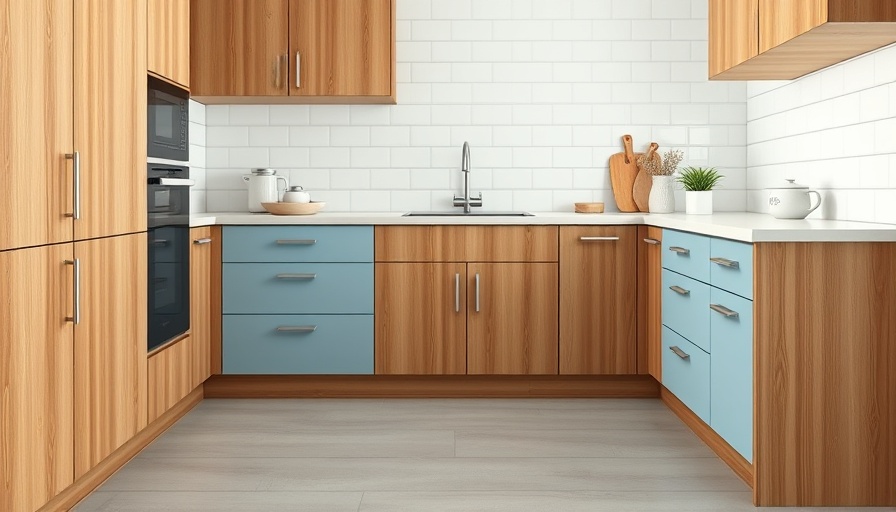
Understanding the Resurgence of Prep Kitchens
If you have the extra square footage and enjoy entertaining, prep kitchens, also known as sculleries, are experiencing a notable comeback. Once reserved for aristocratic households in the 19th century, these spaces are being reimagined to meet the needs of modern families. As kitchen spaces evolve to become multifunctional, prep kitchens are emerging as an essential and practical solution for those who love to host.
Why the Increased Popularity of Prep Kitchens?
Kitchen spaces today are often tasked with too many roles, serving not just as areas for cooking, but as family hubs where meals are shared, stories are told, and memories are made. Rachel Robinson, an architect, notes that this can place significant pressure on a single room. Prep kitchens ease this burden by providing a separate area to handle the ‘dirty work’ of cooking, such as food prep, storage for large bulk items, and even canning and pickling projects.
Robinson explains that the re-emergence of prep kitchens represents a modern twist on a historical concept: separating private working spaces from public entertaining areas. With a dedicated space for food preparation and cleanup, homeowners can keep their main kitchen pristine and ready for guests.
Benefits of Having a Prep Kitchen
Prep kitchens offer numerous advantages that make them appealing to homeowners today:
- Enhanced Functionality: They provide essential storage for appliances and cookware that might otherwise clutter the primary kitchen space.
- Increased Efficiency: Having a secondary prep space allows for better workflow when cooking large meals or hosting gatherings.
- Sanitation Control: Using a separate kitchen area keeps messes and odors contained, which is especially beneficial when preparing pungent or complex dishes.
Is a Prep Kitchen Right for You?
Deciding on adding a prep kitchen involves careful consideration. Here are some key points to reflect on:
- Space Planning: While prep kitchens do not require as much square footage as a dining area, they must be thoughtfully designed to ensure they meet the intended function without overwhelming your home layout.
- Your Lifestyle: Assess how frequently you entertain and whether you have or plan to invest in high-quality kitchen appliances that belong in a designated prep space.
Current Trends That Complement Prep Kitchens
The rise of open-concept living has transformed how homes are designed, often merging kitchen and living areas. This trend makes the concept of a separate prep kitchen even more valuable:
- Eco-Friendly Kitchens: Homeowners increasingly value sustainability; prep kitchens can facilitate this by managing waste and recycling more efficiently.
- Technology Integration: There’s a more significant trend toward smart kitchens, with tech-savvy homeowners integrating smart appliances that can be housed in prep kitchens, freeing up the main kitchen for aesthetic appeal.
Conclusion: Transform Your Home with a Prep Kitchen
Prep kitchens offer a unique solution to modern kitchen demands while infusing a historical element into contemporary homes. The blend of practicality, space efficiency, and enhanced functionality makes the prep kitchen a valuable consideration for homeowners today. Whether you frequently entertain or are looking for ways to optimize your cooking space, investing in a prep kitchen could be the perfect home upgrade. Interested in redefining your culinary space? Explore how a beautifully designed prep kitchen can transform your home and elevate your cooking experience.
 Add Row
Add Row  Add
Add 




Write A Comment